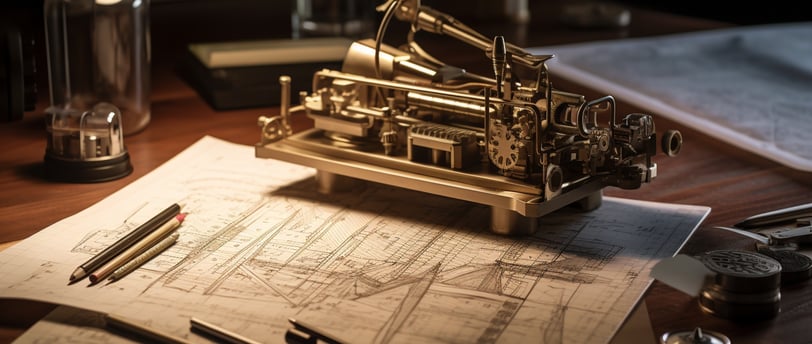Introduction
If you work in mechanical engineering, you know how important well-structured and correctly structured calculation documentation is. It not only serves as evidence for internal processes and customer requirements, but also provides a basis for future projects and innovations. Although the content of calculation documentation varies from project to project, the basic principles of correct structure are universal. In this blog post, we will go into detail about these principles.
Importance of calculation and documentation
Before we get to the structure of calculation documentation, it is important to understand its importance in mechanical engineering. A detailed and correctly structured calculation documentation:
- Provides transparency and traceability: it allows other engineers to understand and track your work and improve or extend it if necessary.
- Serves as proof: it ensures that all requirements have been met and all regulations complied with.
- Enables consistency: It helps ensure consistent processes and calculations across the project or organization.
Establishment of correct calculation documentation
1. Title page and table of contents
Each calculation documentation should start with a title page containing the most important information about the project: Project name, date, author(s) name, and a brief summary. The table of contents should then provide a clear structure of the document and guide readers to the relevant sections.
2. Introduction and objective
In diesem Abschnitt sollten Sie die Frage klären: Was ist das Ziel Ihrer Berechnungen? Geben Sie eine kurze Einführung in das Projekt und die Zielsetzung Ihrer Berechnungen.
3. Beschreibung der Vorgehensweise
Beschreiben Sie hier, wie Sie vorgegangen sind, um die gesetzten Ziele zu erreichen. Geben Sie Informationen zu den verwendeten Methoden, Werkzeugen und Software. Es ist auch ratsam, die Wahl Ihrer Vorgehensweise zu begründen.
4. Durchführung und Ergebnisse
Hier sollten Sie Ihre Berechnungen detailliert darstellen. Zeigen Sie Ihre Arbeitsschritte und präsentieren Sie die daraus resultierenden Daten und Ergebnisse. Stellen Sie sicher, dass Ihre Berechnungen nachvollziehbar sind und dass Ihre Ergebnisse klar und verständlich dargestellt werden.
5. Interpretation und Diskussion
In this section you should clarify the question: What is the objective of your calculations? Give a brief introduction to the project and the objective of your calculations.
6. Conclusion and outlook
Draw a conclusion from your calculations and provide an outlook for possible follow-up steps or future projects. This section should provide a summary of your findings and the objectives achieved.
7. Appendices and references
All attachments, such as detailed tables, drawings or diagrams, mentioned in the calculation documentation should be included here. The references should list all sources used in an appropriate format. This will increase the credibility of your work and give readers the opportunity to check your sources.
Avoid common mistakes
It is important to avoid some common mistakes that could affect the quality of your calculation documentation:
- Incomplete documentation: all steps and methods used should be fully documented in detail.
- Lack of traceability: your calculations should be presented in such a way that they can be understood by others.
- Missing or incorrect references: All sources should be properly cited and listed.
- Complicated presentation: Try to present your work as simply and understandably as possible without leaving out important details.
Final thoughts
Correctly structured calculation documentation is an essential part of any mechanical engineering project. It serves as a means of communication between the various stakeholders and can serve as a solid basis for future work. Remember that transparency, traceability and clarity are the key principles of any good calculation documentation.
Do you have further questions about how to build proper calculation documentation or do you need assistance with your projects? Contact us, we will be happy to help you.


